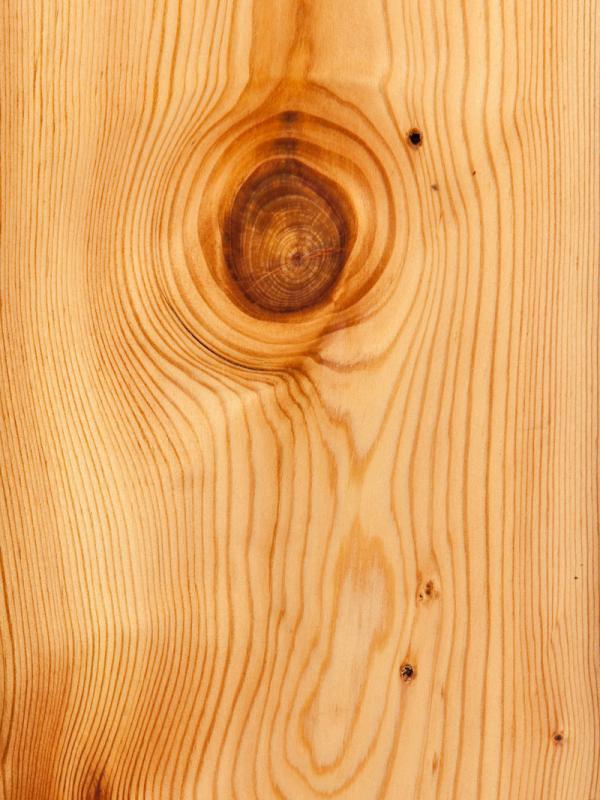
Family: Pinus Strobus
Origin: Eastern North America
Common Names: Eastern White Pine
The Tree: Heart Pine (Eastern White Pine) can grow anywhere from 65 feet to 100 feet tall with a trunk approximately 2-4 feet in diameter. It is considered the largest conifer of the Eastern and upper Midwest forests. The bark of this tree changes as it matures. A young tree will have bark that is smooth and greenish-gray in color. A mature tree will develop bark that is grayish to reddish-brown in color with layers of scales forming ridges that are broken into irregular blocks. The needles of the Heart Pine tree occur in bundles or fascicles of five, 3-5 inches long, bluish-green with finer white lines.
Appearance of Wood: Heartwood is a light brown with a slightly reddish hue while the sapwood is a pale yellow to nearly white color. The color of the wood tends to darken with age. The grain of the wood is straight with an even medium texture.
Density: The reported specific gravity ranges from .34 to .40. Janka Hardness is approximately 380 pounds of force. Heart Pine has an average dried weight of 25 pounds per cubic foot. Heart Pine is considered to have a moderate density.
Drying and Shrinkage: In general, Heart Pine would require around 6 to 12 months to fully season. Average shrinkage values are approximately 2.1% radial, 6.1% tangential, 8.2% volumetric.
Working Properties: Heart pine is easy to work with both hand and machine tools. Glues and finishes well.
Durability: Heart Pine is slightly durable and easy to treat. Also, considered a mainstay in construction and fine woodworking.
Uses: Heart Pine can be used for crates, boxes, interior millwork, construction lumber, carving, and boat building. The long straight trunks of Heart Pine were once prized for use as ship masts. The King of England had a habit of marking out and reserving all the biggest and best of these trees for use in his navy lead to the Pine Tree Riot of 1772 and played a role in the events leading up to the Revolutionary War.
Availability: Heart Pine is widely harvested for construction lumber and reported by the IUCN as being a species of least concern.